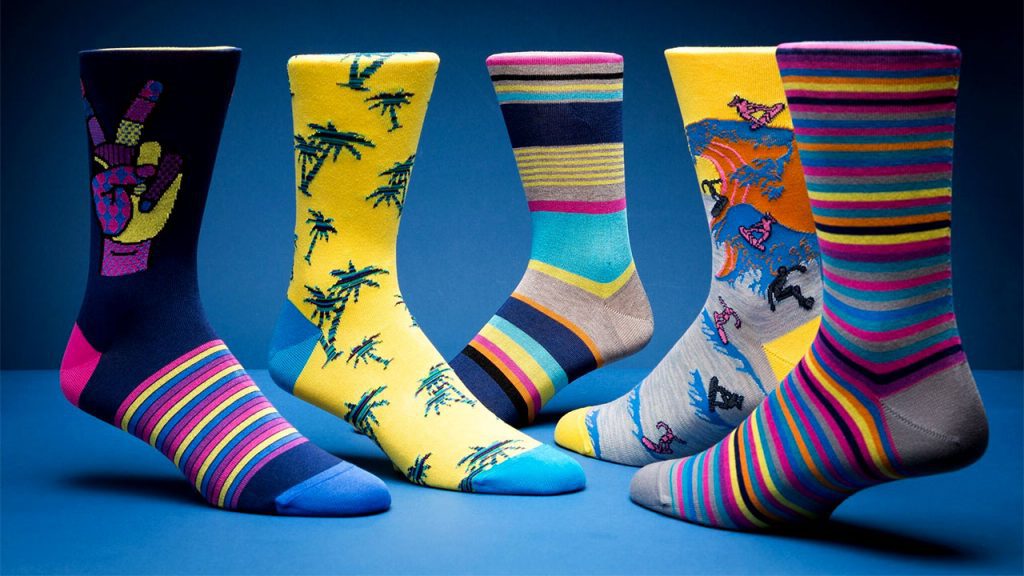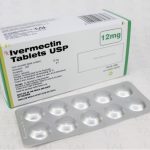Grip socks have rubber or silicone attached to the bottom of the sock sole for slip resistance. They are often worn by people who need extra traction for balance, such as those participating in yoga or barre classes.
In a phase one wet pendulum test, grip socks demonstrated marginally better traction than compression stockings or bare feet.
Customization Options
If you want to take your custom socks to the next level, add premium details to enhance comfort, performance and style. Options include bottom grips in a range of shapes and colors, embroidery in up to two locations, and even text printed or knitted into the sock construction itself.
You can also go the extra mile with premium fabric blends that ensure your custom non-slip socks are comfortable, durable and look great. These fabrics can be cotton/spandex, bamboo/spandex or a poly-cotton/spandex/nylon/elastic blend.
Clinicians know that slipper socks play a role in patient falls and can help to reduce them. That’s why Trinity clinicians used a formulary approach familiar to PPI and pharmaceutical sourcing teams, documenting clinician and patient requirements, then seeking a sourcing partner that could deliver them. The result was quality improvements and savings across the supply chain for a clinical supply that’s often overlooked.
Sizes
Custom grip socks typically have rubber or silicone attached to the bottom of the sock that provides traction and prevents slippage. They are available in a range of sizes including regular, tall and bariatric to fit a wide variety of patients.
Non-slip socks (also known as anti-skid or treaded socks) have a pattern added to the sole or ventral surface of the sock to improve underfoot traction. These socks are often worn over compression stockings to improve traction for patients that have mobility issues or are at risk of falls in hospital.
However, results from phase two testing revealed that the slip resistance of non-slip socks is dependent on the presence of a fluid contaminant. The peaks and troughs of the sock pattern can become misaligned with the sole of the foot resulting in an altered level of traction, which may compromise patient safety and increase fall risk. The findings of this study could have important clinical implications for the use of non-slip socks in healthcare settings.
Fabrics
Grip socks are typically made of cotton, but can also be found in a range of other fabrics like polyester and bamboo. They can be customized with a wide variety of patterns and grip designs that are optimized for the specific use they are designed for.
During phase one, two commercially available non-slip socks and one brand of compression stocking were tested for slip resistance in a blinded materials testing laboratory (Commonwealth Scientific and Industrial Research Organisation’s Materials, Surfaces and Finishes laboratory at Highett, Victoria). Testing was conducted using a Wet Pendulum Test.
Results from this testing showed that the non-slip socks did not perform as well as a pair of conventional socks. This poorer relative performance may be a result of the foot anatomy, skin characteristics and footwear worn by the participants in this study who are relatively healthy and young. Previous studies have associated mobilisation in non-optimal foot conditions such as socks, sandals and bare feet with increased falls.
Packaging
Custom grip socks are made of a cotton or polyester base with rubber or silicone attached to the bottom for traction. They are available in various styles and designs, such as non-slip soccer (football) socks, trampoline wow socks or anti-slip cycling socks.
This study used a convenience sample of three brands of commercially available non-slip socks. These socks have a pattern on the ventral surface, or sole, of the sock which creates peaks and troughs. These patterns may affect the relative slip resistance of these socks compared to compression stockings.
With clinician leadership, Trinity has achieved quality improvements and savings for patient slipper socks using this familiar approach to sourcing: documenting clinician and patient requirements, then searching for a supplier that can deliver them at a better price. Using this sourcing method, Trinity has also achieved quality improvements and savings for other clinical supplies such as dressings and gauze.


